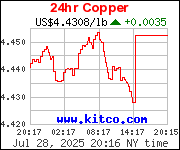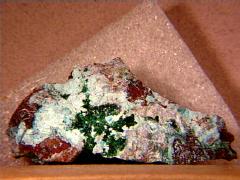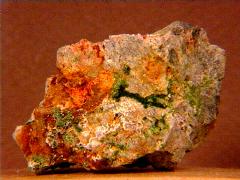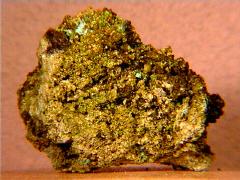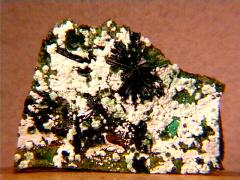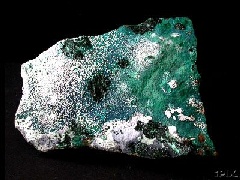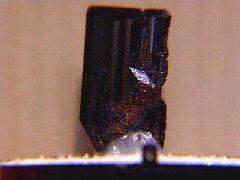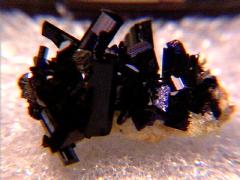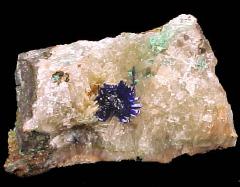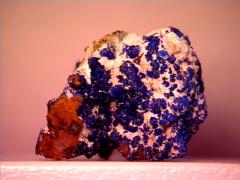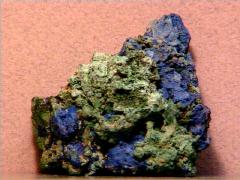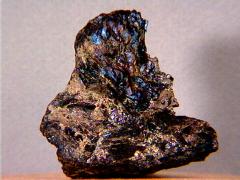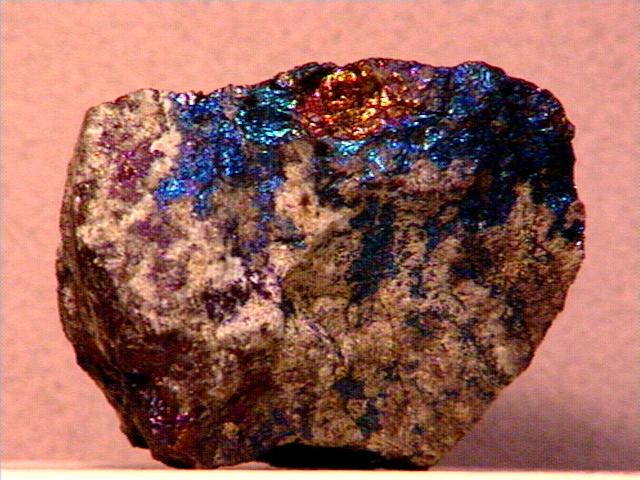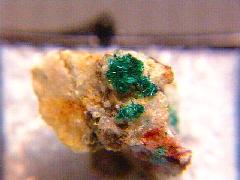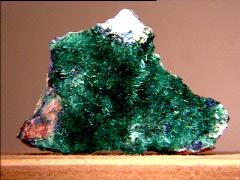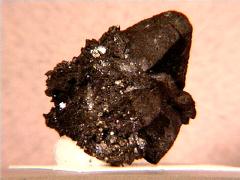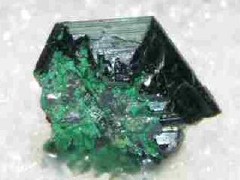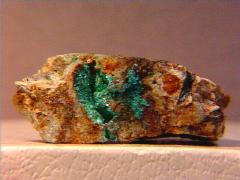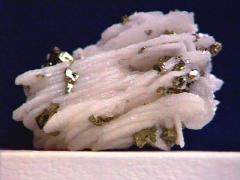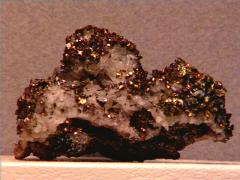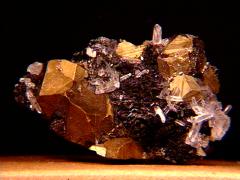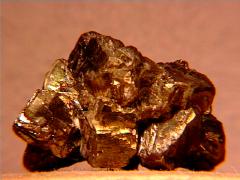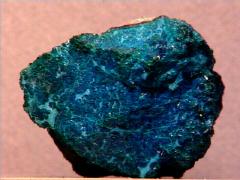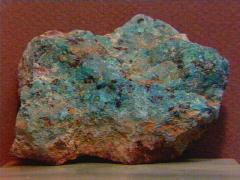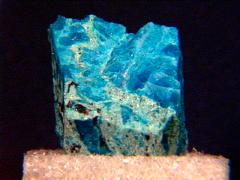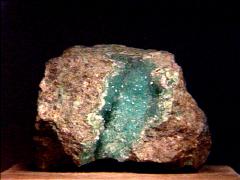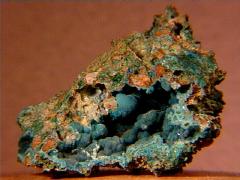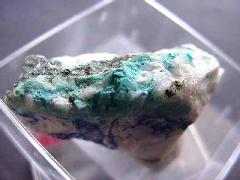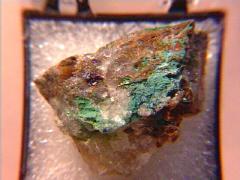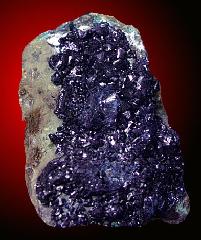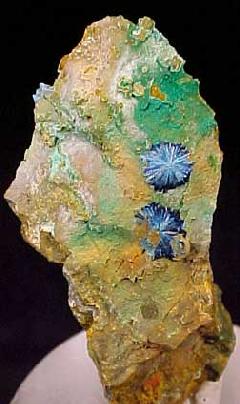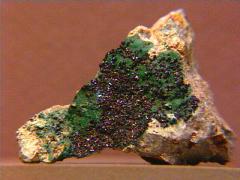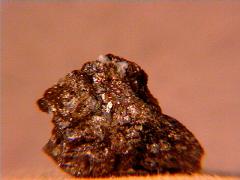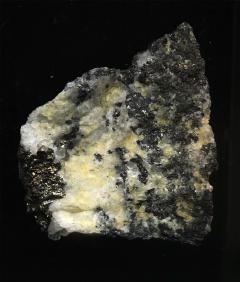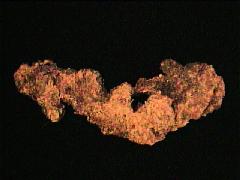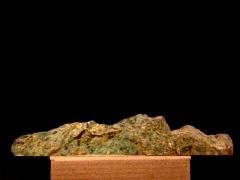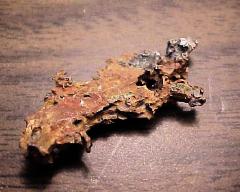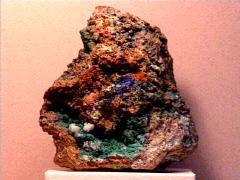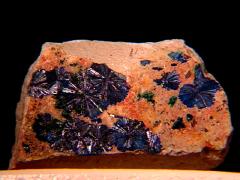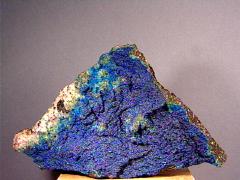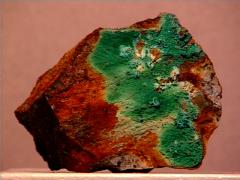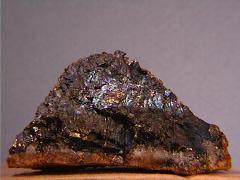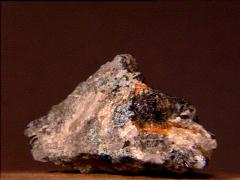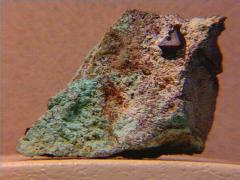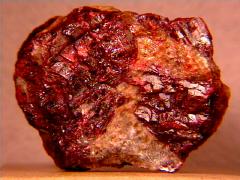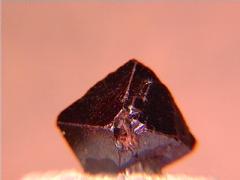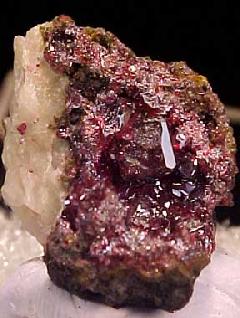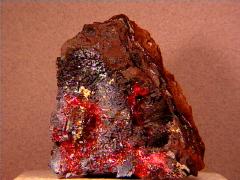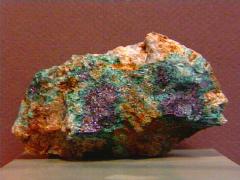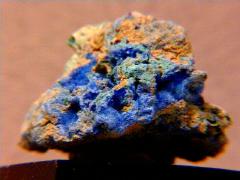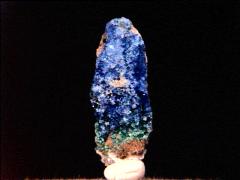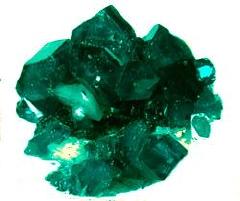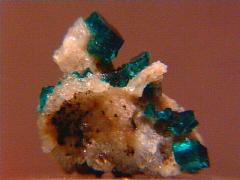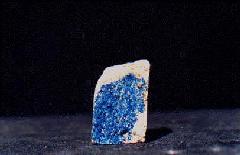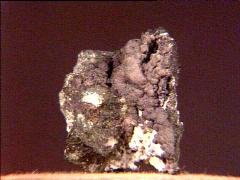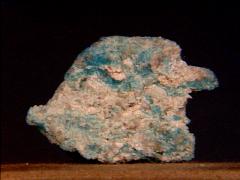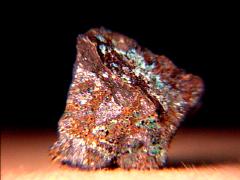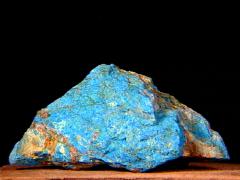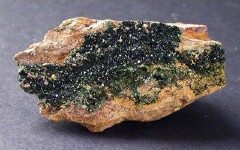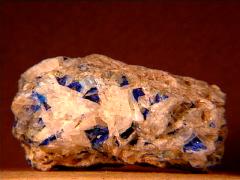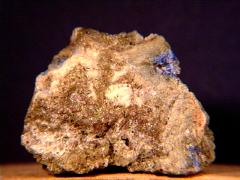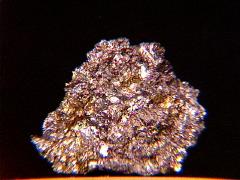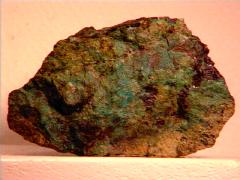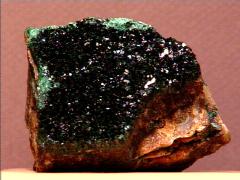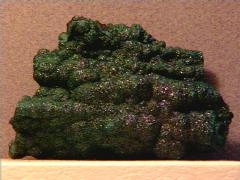Dialysis is a rush.
What do I mean by this? Am I alluding to thoughts of... "rush, rush, rush"... that technicians and RN's are likely to experience while working during turn-around? During those intense stress-inducing moments in time when patients are being taken off, machines stripped, disinfected, and primed, chairs placed in trendelenburg and cleaned, nursing assessments conducted, and newly-arrived patients being put on? All in an effort to get the next patient's treatment started at their scheduled on time?
Isn't it ironic that we call those portions of our daily routine "turn-around"? What if you were to picture the vortex of forces involved in a tornado, a destructive twister which can randomly ravage a countryside, and try to imagine this "whirlwind of activity" applied to a work setting? Wouldn't then the sensations we encounter during turn-around in a dialysis clinic seem fittingly, if oddly, descriptive?
I'm going to repeat myself; dialysis is a rush.
At least that's what I feel; let me expand upon my definition of rush to make this point. We've all heard athletes voice, after accomplishing some feat of daring, some variation of "What a rush!". Whether winning an Olympic gold medal with the fastest bobsled run on the luge, plunging down the face of an immense wall of water on a surfboard, bungee jumping, or skydiving out of a plane and free-falling prior to your chute deploying, I'm sure the sense of elation is the same.
Anyone attempting such achievements would feel a surge of adrenalin during their trials. And my thinking is this: a swift barrage of endorphins would be certain to fire, producing an alteration of brain chemistry which would undoubtedly ignite a rapturous sense of physical and mental stimulation. From http://www.slang-dictionary.org we discover Rush, Australian slang, defined as a strong feeling of exhilaration and pleasure felt after taking a narcotic or stimulant drug.
Maybe I'm just an adrenalin junkie. But I feel I'm safe in generalizing that our exposure to the modest tribulations we endure during turn-around are conducive to stimulating the body's fight or flight syndrome. They result in the end production of endorphins that benefit those who work, as well as those we treat. We all get our juices flowing. A hundred swift tasks, competently conducted, deservedly earn a rewarding glow of satisfaction.
Dialysis is a rush.
Sunday, August 3, 2014
Tuesday, May 6, 2014
The One Percenter's
Today's piece isn't a diatribe about wealth inequality in today's world, how fewer than one percent of the global elite control 47% of the riches, nor about how the ratio of CEO's salaries continue to race into the stratosphere in comparison to the rest of us poor working stiffs.
No, today I'd like to address what I see as a misconception in the minds of precious metals wordsmiths, and as soon as I highlight my point I'm sure you'll be able to relate. Doesn't it seem to you, Farnsworth, that we are constantly bombarded by terminology such as "only/fewer than one percent own physical precious metals?"
And then, the follow up catch phrase; "if you don't hold it, you don't own it."
A caveat warning against investing in paper gold, i.e Gold ETF's or gold certificates issued by nefarious greedy banking bastards that promise to sell you unallocated gold, but instead merely charge you storage fees for troy ounces that never existed.
From the occasional reading that I do, I see that most, if not all writers, rely upon suspect methodology in forming their arithmetic conclusions, perpetuating an urban myth regarding
ownership of gold by the public as barely one percent.
This is a falsehood.
Ownership of gold by the public is probably at least 90%... if one categorizes class rings, marriage
bands, bracelets, fine watches, necklaces, and earrings as "gold held by the public." Let's agree to
leave out gold dental crowns as they are hardly recyclable without macabre intervention.
We acknowledge that a large percentage of gold in India (and China, perhaps to a lesser extent)
is "invested" in gold in the form of jewelry. Indian weavers creatively produce fabrics laced with gold or silver thread, and women wear dazzling saris often adorned with countless small bangles of precious metals.
So, if we attribute these forms of precious metals as "held" by those foreign parties... then why also
would we not credit Americans for holding gold in similar forms?
Where I beg to differ with the commonly referred to data point of one percent ownership is my suspicion that only one percent of Americans truly understand the actual worth of gold as real money.
Most consider jewelry merely a status symbol, without fathoming the correct reason as to why gold would be something to be esteemed.
Certainly, the broad ownership of gold items by the American public might only consist of a few grams of alloyed metal by each, and the number of those owners is suffering constant attrition due to a worsening economy.
But to insinuate that only those who buy bullion forms of precious metals truly comprise the complete cadre of citizens who own physical gold (thus leading to the heralded one percent or less) is to do a disservice to readers by disingenuously misleading them.
The sad truth is, few of these American's truly understand the inestimable value of their sartorial accessories, and prove their ignorance by continuously loitering in the lobbies of Cash 4 Gold establishments to redeem their priceless "barbaric relics" for worthless fiat.
Buy Silver. Buy Gold. Save Copper. Start Now.
Subscribe to:
Posts (Atom)



